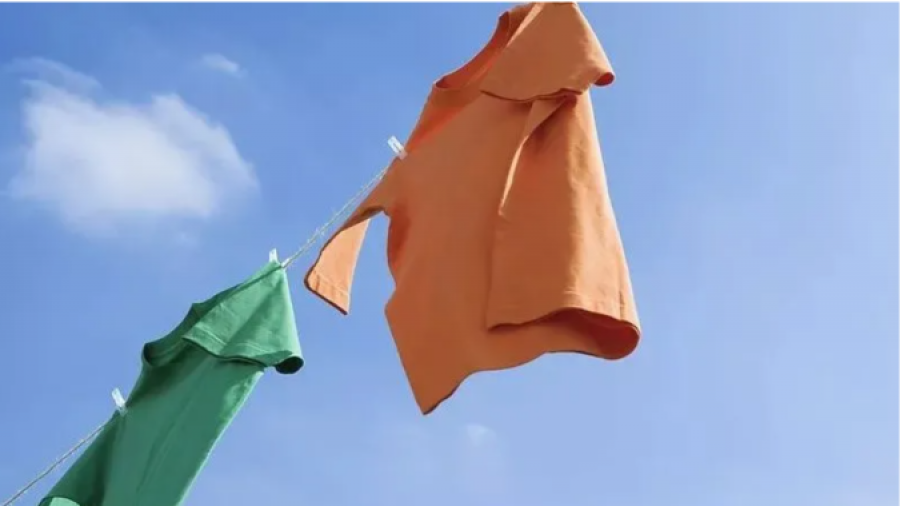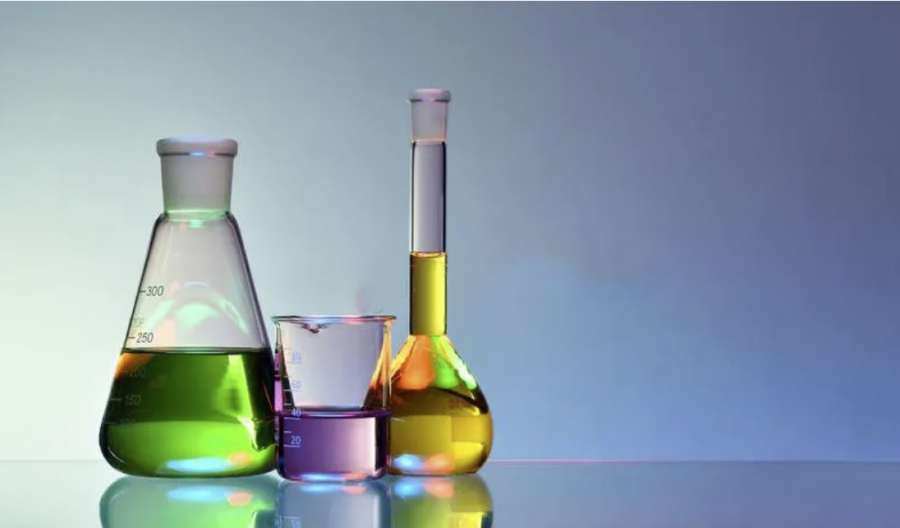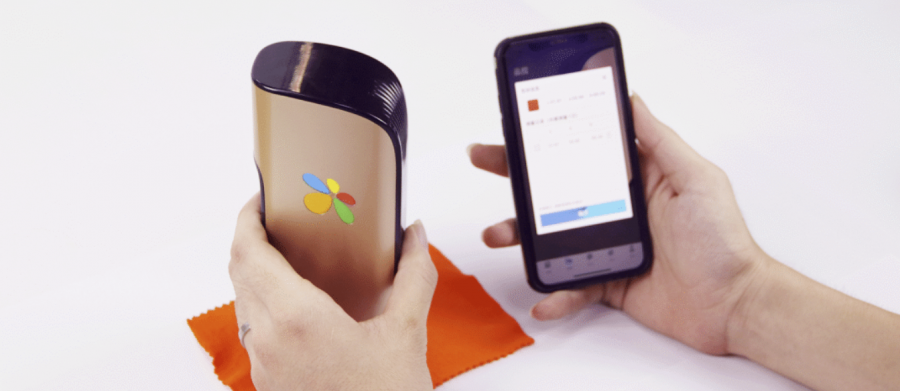Color fastness refers to the fading degree of dyed fabrics under the action of external factors (extrusion, friction, washing, rain, exposure, light, seawater immersion, saliva immersion, water stain, sweat stain, etc.) in the process of use or processing. If the color fastness is high, the textiles are not easy to fade during post-processing or use; If the color fastness is poor, there will be fading, fading, or staining, which will directly affect the quality of textiles.

Common textile color fastness
① Color fastness to sunlight
Color fastness to sunlight refers to the degree of discoloration of colored fabrics by sunlight, also known as color fastness to light.
The test method can be either sunlight or sunlight machine, that is, the sample and a group of blue wool standards (graded according to their fading degree under the irradiation of light) are exposed under the artificial light source equivalent to sunlight according to the specified conditions, and then the discoloration of the sample and the blue wool standard is compared to evaluate the sun fastness grade of the sample.
The fading degree of the sample after exposure to sunlight is compared with the standard color sample. The European standard is divided into Grade 8, Grade 8 is the best and grade 1 is the worst. American standards are divided into five levels. Fabrics with poor color fastness to sunlight should not be exposed to the sun for a long time, and should be dried in a ventilated place.
② Colour fastness to perspiration
Color fastness to perspiration refers to the degree of discoloration of dyed fabrics after being soaked in perspiration.
The color fastness to perspiration is generally measured separately and combined with other color fastness because the components of artificial perspiration are different. The fastness to perspiration is divided into 1 ~ 5 levels. The higher the level, the better. In the European standard and national standard, the fastness to perspiration is divided into color fastness to acid perspiration and color fastness to alkali perspiration.
③ Colour fastness to perspiration
Color fastness to washing or soaping refers to the color change of dyed fabrics after washing with washing solution.
Gray grading sample card is usually used as the evaluation standard, that is, it depends on the color difference between the original sample and the sample after fading. The color fastness to washing is divided into five grades, grade 5 is the best and grade 1 is the worst. Fabrics with poor color fastness to water washing should be dry cleaned. If wet washing is carried out, double attention should be paid to the washing conditions, such as the washing temperature should not be too high and the washing time should not be too long.
④ Color fastness to water
Color fastness to water, also known as color fastness to water immersion, is to assess the color fading of the original cloth and the staining of the lining after the fabric is immersed in water.
Combine the textile sample with one multi fiber lining fabric or two specified single fiber lining fabrics, immerse in water, squeeze out the water, place it between the two plates of the test device, bear the specified pressure, after a certain time, take out the sample and the lining fabric and dry it, and take the original sample as the reference sample, Evaluate the discoloration of the sample and the staining of the lining fabric with a gray sample card or instrument.
⑤ Colour fastness to rubbing
Color fastness to rubbing refers to the staining degree of dyed fabrics after rubbing. It is to assess the resistance of dyes to mechanical friction. It is divided into dry friction and wet friction.
The principle is to fix the sample with the specified size on the friction tester platform, then rub with a dry friction cloth and a wet friction cloth respectively, and finally take the staining degree of white cloth as the rating result, which is divided into 5 levels (1 ~ 5). The higher the level, the better the color fastness to friction. The service life of fabrics with poor color fastness to rubbing is limited.
⑥ Colour fastness to chlorinated water
Color fastness to chlorinated water refers to the resistance of the fabric color to the effective chlorine after being treated with the dilute chlorine solution of the concentration used to disinfect the swimming pool water. It is an important index to evaluate the internal quality of textiles.
The swimming pool water is generally disinfected with chlorine containing disinfectant, so the swimming pool water contains a certain amount of chloride. The color of printed and dyed textiles in contact with the swimming pool water such as swimsuit, bath towel and towel shall have a certain ability to resist chlorinated water.
How to control color fastness?
After textile dyeing, the ability of fabric to maintain its original color can be expressed by detecting various color fastness. Commonly used indicators to detect color fastness include color fastness to sunlight, color fastness to washing, color fastness to rubbing and so on. The higher the dyeing fastness grade of the fabric, the better the dyeing fastness of the textile.
The key factor affecting the color fastness of fabrics lies in the structure and properties of dyes, and is also closely related to fiber, dye concentration, dyeing and finishing process and external conditions. Therefore, the key to whether the color fastness meets the standard is the selection of dyes, followed by the application of dyeing process and additives.

Therefore, in order to avoid the problem of color fastness, the premise is to select the dye formula with good compatibility and formulate a reasonable dyeing and finishing process. We all understand the method, but it is not so simple to do. For printing and dyeing plants, there seems to be no other way to solve this technical problem except through repeated dyeing tests.
AIDyeing: one move to get the color fastness
To solve this problem, Munk technology has a new idea. Through the digital printing and dyeing solution of Munk , it can not only quickly realize the optimal formula of any color to meet the requirements of different fibers, light sources and specific fastness, but also recommend a series of formulas with the best fastness according to the intelligent algorithm, and give the fastness grade evaluation.
In other words, you don't have to wait until the dyeing is completed to measure the color fastness, which not only wastes time, but also increases the production cost. After the color is quickly measured by Xiaomeng, it will be synchronized to zhirantong app. According to the big data + AI algorithm, the data such as the optimal dyeing formula and fastness grade evaluation of the color that meets the color difference, light jumping and environmental protection grade under different fabrics can be obtained in advance, so as to maximize the success rate of one-time dyeing. With AIDyeing, the color fastness to sunlight, perspiration, washing, rubbing and chlorination can be seen.

Back